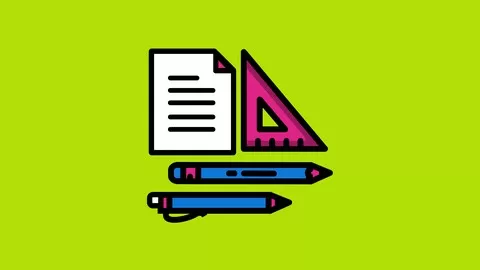This course will cover the basic and advanced aspects of canine and feline neonatal and pediatric emergencies. In addition, it will provide an in-depth overview of physiology and pathophysiology of neonates, an up-to-date approach to diagnosis and treatment of most common emergencies in this population of patients. All recommendations are based on current veterinary research as well as the author’s experience working in emergency and critical care field for over 10 years. This course will consist of non-interactive lessons in the form of videos, quiz questions, and handouts. The handouts and questions will re-enforce the most important concepts of each lesson. Completion of all lessons (videos, quizzes, and handouts) will take a minimum of 1.5-2 hours.
Objectives: Upon completion of this course, the participant will learn
· Main physiologic and pathophysiologic aspects of canine and feline neonatal and pediatric emergencies
· The diagnostic approach to a neonatal canine and feline patient
· The treatment approach to a neonatal canine and feline patient
· Controversies of antibiotic therapy in neonatal dogs and cats
· The approach to most common neonatal and pediatric emergencies
· BONUS VIDEO: Determination of fetal heart rate in pregnant dogs and cats presenting with dystocia (ultrasound M-mode).
Level: Intermediate
Audience: This course is focused towards veterinarians and veterinary technicians working in emergency rooms and ICUs; as well as veterinary students.
Course outline:
Part 1: Definitions and physiology of a neonatal patient
Part 2: Diagnostic approach
Part 3: Treatment approach
Part 4: Common pediatric and neonatal emergencies
BONUS: Determination of fetal heart rate in pregnant dogs and cats presenting with dystocia (ultrasound M-mode).
Courses » Teaching & Academics » Science » Veterinary Medicine » Neonatal and pediatric emergencies in dogs and cats (vet)
Disclosure: when you buy through links on our site, we may earn an affiliate commission.
Neonatal and pediatric emergencies in dogs and cats (vet)
Everything you need to know to treat canine and feline neonatal patients with confidence
Created by
9.5
CourseMarks Score®
Freshness
Feedback
Content
Top Veterinary Medicine courses:
Detailed Analysis
CourseMarks Score®
CourseMarks Score® helps students to find the best classes. We aggregate 18 factors, including freshness, student feedback and content diversity.
Freshness Score
Course content can become outdated quite quickly. After analysing 71,530 courses, we found that the highest rated courses are updated every year. If a course has not been updated for more than 2 years, you should carefully evaluate the course before enrolling.
Student Feedback
New courses are hard to evaluate because there are no or just a few student ratings, but Student Feedback Score helps you find great courses even with fewer reviews.
Content Score
The top online course contains a detailed description of the course, what you will learn and also a detailed description about the instructor.
Tests, exercises, articles and other resources help students to better understand and deepen their understanding of the topic.
This course contains:
Table of contents
Description
You will learn
✓ Approach to stabilization and treatment of pediatric emergencies in dogs and cats;
✓ Physiology and pathophysiology of neonatal patients and their differences from adult animals;
✓ Determination of fetal heart rate (ultrasound M-mode).
Requirements
This course is for
How much does the Neonatal and pediatric emergencies in dogs and cats (vet) course cost? Is it worth it?
Does the Neonatal and pediatric emergencies in dogs and cats (vet) course have a money back guarantee or refund policy?
Are there any SCHOLARSHIPS for this course?
Who is the instructor? Is Igor Yankin, DVM, DACVECC a SCAM or a TRUSTED instructor?
DVM – Kuban State Agrarian University, 2010;
Small animal rotating internship, Oregon State University, 2015-2016;
Educational Commission for Foreign Veterinary Graduates (ECFVG) certification, 2016;
Small animal veterinary emergency and critical care residency, University of Florida, 2016-2019;
Diplomate of American College of Veterinary Emergency and Critical Care, 2019;
Professional and research interests: point-of-care ultrasound, mechanical ventilation, acid-base and electrolyte disorders, septic and hemorrhagic shock, extracorporeal therapies, and cardiovascular emergencies.
9.5
CourseMarks Score®
Freshness
Feedback
Content




